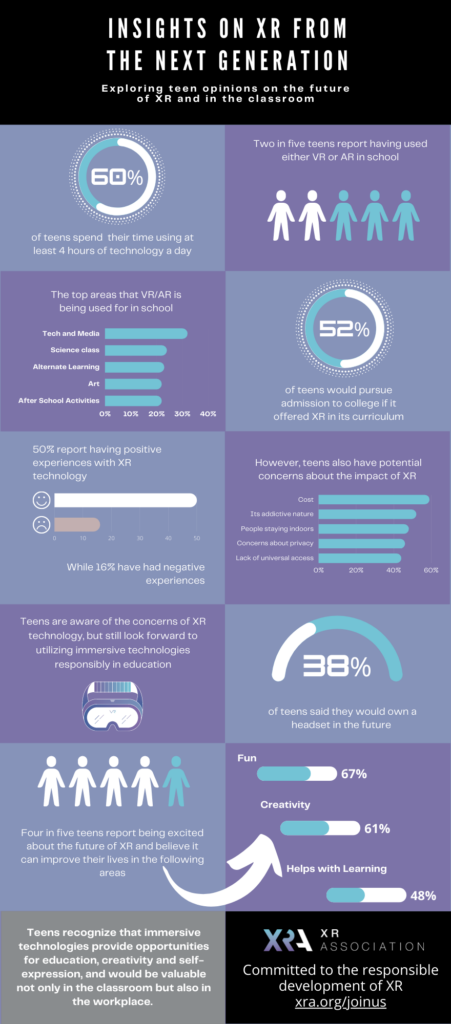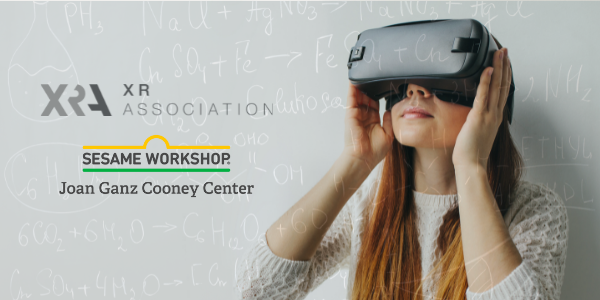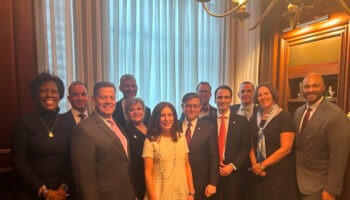XR Association presented key findings from a nationwide teen survey highlighting current use cases in education and future optimism for XR
May 19, 2022 — The XR Association (XRA) and the Joan Ganz Cooney Center at Sesame Workshop hosted a one-day forum to explore the use of Extended Reality (XR) technologies in high school settings.
The event brought together researchers, educators, manufacturers, and developers to discuss their experiences using XR technologies (including virtual reality, mixed reality, and augmented reality) for learning—and share their visions for future use cases.
One panel featured high school teachers and administrators who shared their experiences of using XR in the classroom. There was a consensus that positive examples and knowledge sharing among teachers and school leaders are important for building momentum toward widespread adoption. They discussed the benefits of promoting an environment of safe risk-taking for students and teachers. The panelists shared that it was important to be developing tools that respect the privacy and security rights of young people while reducing barriers to access. Lastly, they highlighted the ability of the technology to advance opportunities for storytelling, perspective-taking, and developing empathy in ways that exceed more traditional methods.
During the program many speakers and attendees shared examples of new and transformative applications of XR technology to introduce students to novel experiences such as visiting historic sites or building virtual art installations. They also discussed the growing demand for immersive media development skills in the workforce.
“It’s important to recognize that high school students will soon face ‘real world’ challenges whether in a college setting or heading out into the workforce upon graduation,” said Stephanie Montgomery, XRA’s Vice President of Research and Best Practices. “It is our duty and responsibility to ensure students feel comfortable, and are using creative problem-solving skills to tackle not just textbook problems, but those they may encounter in real life. I enjoyed the teachers’ anecdotes around building empathy and using creative skills building through VR.”
“Today’s new and emerging XR technologies enable students to become critical consumers as well as creators of immersive learning experiences,” said Michael Preston, Executive Director of the Joan Ganz Cooney Center. “We have the opportunity to come together as a field to consider how we might optimize the design and usability of XR applications to promote cognitive, social, and emotional development for diverse learners.”
During the forum participants got a preview of key findings from a teen survey XRA commissioned. Generally, despite their concerns about XR technologies, the survey found that teens are excited about the future of XR and look forward to using XR in education:
- Two in five teens report having used either VR or AR in school
- Nearly four in five teens think XR can positively impact lives
- Thirty-eight percent of teens said they would own a headset in the future

As a follow up to the forum, XRA and Joan Ganz Cooney Center at Sesame Workshop plan to release a white paper in the coming months.





